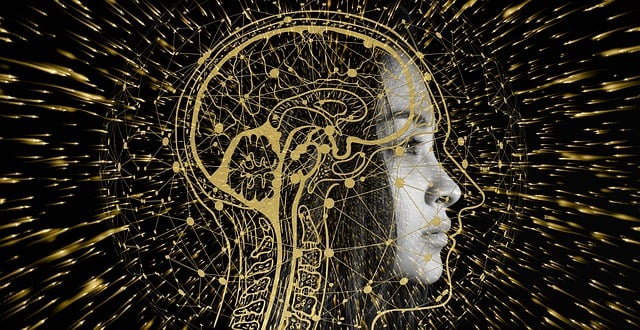
You’ve certainly heard all the buzz around generative AI by now. Perhaps you’re not familiar with that exact term, but most people have heard about ChatGPT. If you’re not sure what all the fuss is about, it’s time you start paying attention.
What is it?
We’ve been hearing about AI for years, and we’ve seen how it can affect our lives. Think about the Google search engine. AI has been an important part of the Google algorithm for years.
But generative AI is different, and frankly much more powerful. It will also revolutionize many aspects of our lives.
Generative AI is a type of artificial intelligence that has the ability to learn and create new data that did not exist before. It’s like having a computer that can create something like an artist does, by learning and creating. For example, Generative AI technology can learn from existing images, texts, or sounds and use that information to generate entirely new and unique versions of those things. You can ask a text-to-image tool like Midjourney to create an image that looks like a painting of a scenic countryside. Then you can ask it to create the image in the Impressionist style, or more specifically in the style of Monet. And the tool will “generate” a new image in accordance with those instructions.
Text-generation tools such as ChatGPT can write poetry, songs, stories, essays . . . you name it. You can specify writing styles as well. Want to sound like Hemmingway? Just ask the chatbot to modify your text in his style.
This brings up a host of issues regarding copyright, and those will need to be sorted out. But these tools are amazing, and you should give them a try.
How to use it
Instead of expecting generative AI tools to do all of your work for you, use it as a virtual assistant. You can brainstorm ideas. Ask it for alternative points of view. Write something, and then use the chatbot to improve it. Ask it to plan a vacation for you, or give you advice to a thorny problem. You’ll likely be amazed by the answers.
It’s also excellent for research, but you have to be careful. At this stage of development, AI text tools often get facts wrong. This issue will improve over time. We’ve already seen the leap in accuracy from GPT-3 to GPT-4. But make sure you fact check everything that is generated by a chatbot with respect to factual claims and citations.
Both Google and Microsoft, along with many other tech companies, have announced they will be incorporating this technology into tools we use every days, including Microsoft Office and Google Gmail and Docs. This should make it easier for many to begin using this technology.
Movie, music entertainment . . . and deep fakes
The possibilities here are endless. For example, generative AI tools can now clone human voices and have the cloned voice read text or substitute for another voice. Just watch this video of Leonardo DiCaprio’s voice being replaced by other famous voices for an example.
This is incredibly powerful technology, and you can immediately see how this can be used for entertainment purposes (with proper permissions). New movie scenes starring Marilyn Monroe in her own voice are now easy to produce.
It’s also dangerous, as we will see a litany of “deep fakes.” Take a look at this amazing Tom Cruise deep fake video. Just imagine what will come out in election season. News organizations will now need to put much more time into verifying the authenticity of audio and video.
Good and bad
Used properly, generative AI applications and tools will make our lives easier and more efficient. These tools will likely affect your job, so you should start experimenting with them sooner rather than later.
Sadly, bad actors will also be using this technology. And as a society we will need to grapple with the inevitable problems that will arise.


